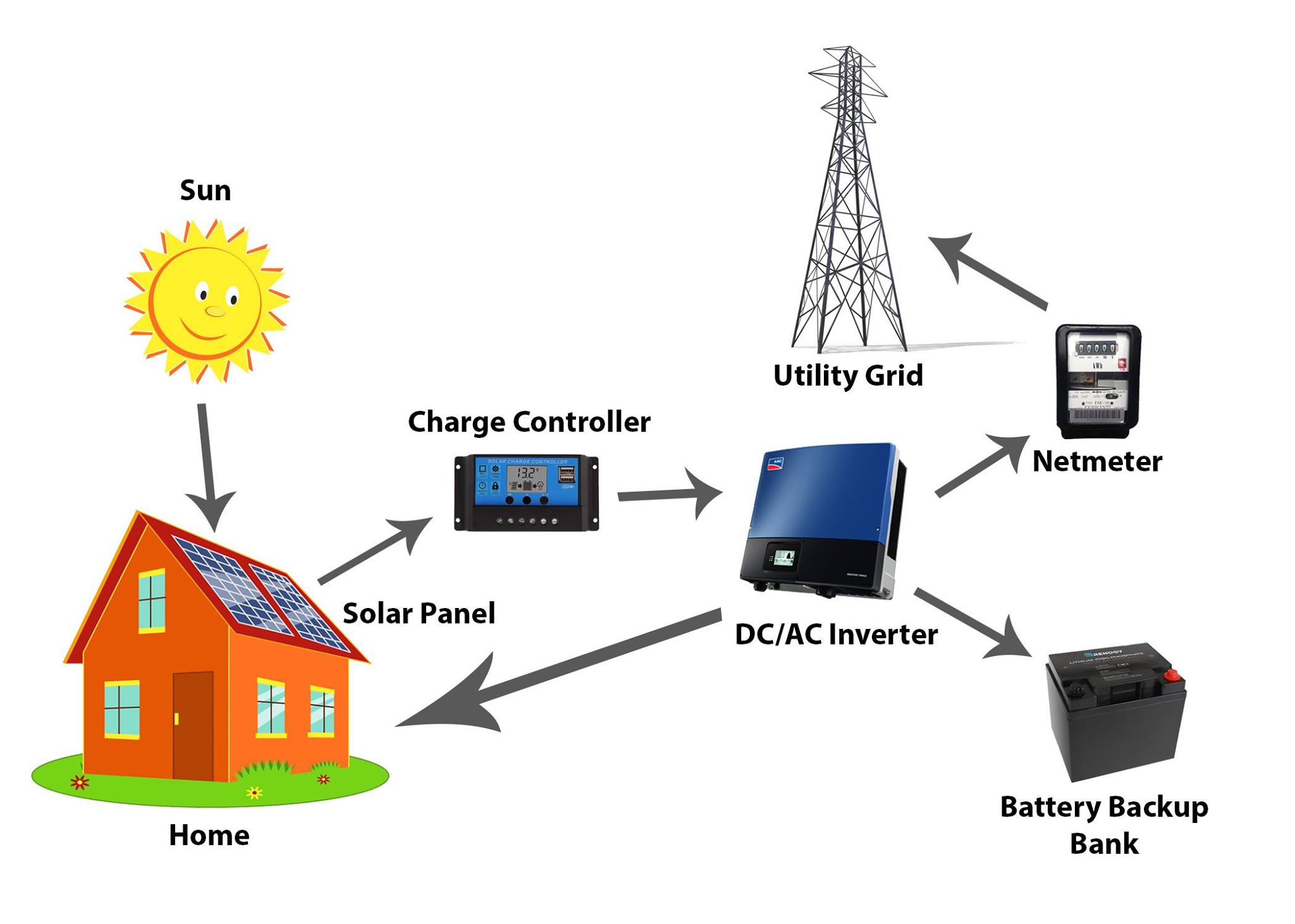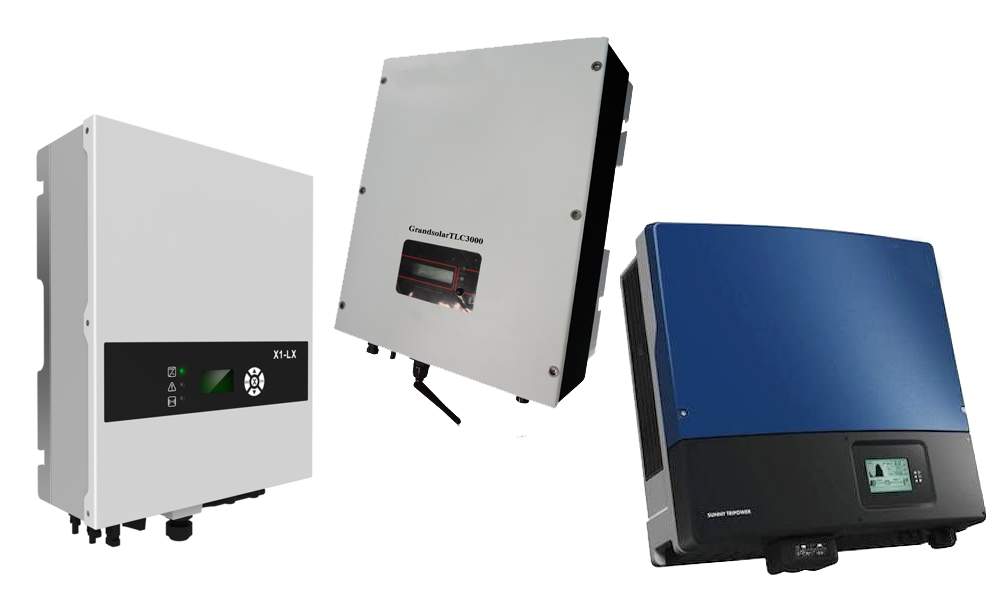Hybrid System
Grid-connected solar system with battery storage
Hybrid overview
Modern hybrid systems combine solar and battery storage in one and are now available in many different forms and configurations. Due to the decreasing cost of battery storage, systems that are already connected to the electricity grid can start taking advantage of battery storage as well. This means being able to store solar energy that is generated during the day and using it at night. When the stored energy is depleted, the grid is there as a back up, allowing consumers to have the best of both worlds. Hybrid systems are also able to charge the batteries using cheap off-peak electricity (usually after midnight to 6am).

Hybrid System
- The battery bank. In a hybrid system once the solar power is used by the appliances in your property, any excess power will be sent to the battery bank. Once the battery bank is fully charged, it will stop receiving power from the solar system. The energy from the battery can then be discharged and used to power your home, usually during the peak evening period when the cost of electricity is typically at it’s highest.
- The meter and electricity grid. Depending on how your hybrid system is set up and whether your utility allows it, once your batteries are fully charged excess solar power not required by your appliances can be exported to the grid via your meter. When your solar system is not in use, and if you have drained the usable power in your batteries your appliances will then start drawing power from the grid.

HYBRID INVERTER
With the new generation of hybrid solar inverters, energy storage systems and battery options now on the market we put together this complete guide of what’s available and how the various systems work. With any type of solar/battery or off-grid system there are many important features to consider when selecting and sizing the various components. To make it easier we have also created the hybrid/off-grid energy storage selection guide highlighting the key features and specifications which should be considered.
GRID TIE INVERTERS
A Grid-Tie inverter supplements your mains utility power with solar power. In order to achieve this the electricity produced by your solar panels is converted from direct current (DC) to alternating current (AC) by the grid-tie inverter. The inverter then synchronises the two power sources and supplements the mains utility with the solar power. The advantage of this system is that you can drastically reduce your mains utility bill through solar power. This type of system unfortunately does not function if it does not have mains electricity to synchronise with and therefore cannot be used as a backup system.

